Complex communities of microbes and small invertebrates an important food source
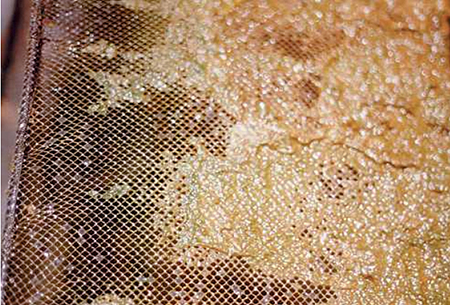 Since 1993 at the University of Rio Grande in Brazil, the authors have collaborated with local artisanal fisher communities to develop technology for the culture of Farfantepenaeus paulensis, an indigenous pink shrimp. Although excellent results in low-cost cages and pen enclosures have been achieved so far – with production of 500 kilograms per cycle in 3,100-square-meter pen enclosures – there is still much room for improvement.
Since 1993 at the University of Rio Grande in Brazil, the authors have collaborated with local artisanal fisher communities to develop technology for the culture of Farfantepenaeus paulensis, an indigenous pink shrimp. Although excellent results in low-cost cages and pen enclosures have been achieved so far – with production of 500 kilograms per cycle in 3,100-square-meter pen enclosures – there is still much room for improvement.
One of the possible areas of improvement is the use of nursery systems. The nursery phase, characterized by higher stocking densities and the use of high-quality artificial diets, usually produces larger and more disease-resistant shrimp that ultimately reach commercial size faster.
In southern Brazil, the culture period is restricted to five or six months per year because of low temperatures. Under these conditions, the stocking of grow-out pens with larger and sturdier juveniles is very important. Another advantage in using nursed shrimp is control of shrimp predators. According to previous studies, larger shrimp in pen enclosures can avoid predation more efficiently than small animals.
Role of microorganisms
Another aspect studied by the group is the role of microorganisms in shrimp feeding. In Brazil, there is a perception that the nutritional requirements of shrimp depend entirely on exogenous feeding. However, recent studies demonstrated that shrimp performance is enhanced by nutritional factors produced by micro organisms native to the culture systems.
Study results demonstrated that biofilms – the complex communities of microalgae, protozoa, bacteria and other small invertebrates that attach to submersed surfaces – are an important food source of high nutritional quality to shrimp. Furthermore, biofilms also play a role in increasing water quality of culture environments.
Biofilm effects
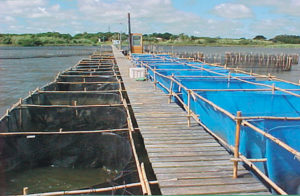
In a series of trials that examined the attachment of biofilm to different substrates, the authors measured their influences on the survival and growth of pink shrimp postlarvae reared in nursery cages in a shallow estuarine inlet of Patos Lagoon in southern Brazil.
The first trial tested the capacity of six types of net material (white and green polyethylene nets, sack cloth from commercial shrimp diets, polyamide net, and PVC-coated polyester nets) to fix biofilm over 28 days of immersion. Weekly samples were taken to estimate chlorophyll a content. The final chlorophyll a values ranged 3.68 to 9.34 grams per square centimeter. All materials showed a high capacity to fix biofilm, but the polyethylene nets showed higher chlorophyll a concentrations. The final choice among these materials must also consider the type of culture system in which it is used.
A second trial evaluated the survival and growth of shrimp juveniles reared in cages for 30 days. In three cages, the attachment of biofilm was limited through the exchange of cages every 10 days. The other three cages were placed in the estuary 15 days before stocking the shrimp, and the biofilm was not cleaned throughout the experimental period. After 30 days, the growth of shrimp reared in cages where biofilm was not removed was 16 percent higher than in the other treatment.
A third experiment assessed the effects of increasing the surface available for biofilm fixation on the survival and growth of shrimp. Six cages were placed in the water 15 days prior to shrimp stocking. In three cages, the area for biofilm attachment was increased 100 percent with the addition of extra polyethylene net substrate. Again, both growth and survival of juveniles were higher in the cages with additional substrates. The increase in growth was 11 percent.
During these experiments, composition analysis of the biofilm found that its main organisms were benthonic diatoms, ciliates, cyanobacteria and nematodes.
Conclusion
Experimental results have demonstrated the positive influences of biofilm and the use of added substrates to increase the growth and survival of juvenile F. paulensis reared in cages in an estuarine area. Future research by the authors will measure the actual contribution of the microorganisms present in the biofilm to increased cultured shrimp biomass.
(Editor’s Note: This article was originally published in the October 2004 print edition of the Global Aquaculture Advocate.)
Now that you've reached the end of the article ...
… please consider supporting GSA’s mission to advance responsible seafood practices through education, advocacy and third-party assurances. The Advocate aims to document the evolution of responsible seafood practices and share the expansive knowledge of our vast network of contributors.
By becoming a Global Seafood Alliance member, you’re ensuring that all of the pre-competitive work we do through member benefits, resources and events can continue. Individual membership costs just $50 a year.
Not a GSA member? Join us.
Authors
-
Eduardo L. Cupertino Ballester, M.Sc.
Laboratory of Mariculture
Department of Oceanography
Fundação Universidade Federal do Rio Grande
CP 474 Rio Grande, RS
96201-900 Brazil -
Wilson Wasielesky Jr., Ph.D.
Laboratory of Mariculture
Department of Oceanography
Fundação Universidade Federal do Rio Grande
CP 474 Rio Grande, RS
96201-900 Brazil -
Ronaldo O. Cavalli, Ph.D.
Laboratory of Mariculture
Department of Oceanography
Fundação Universidade Federal do Rio Grande
CP 474 Rio Grande, RS
96201-900 Brazil -
Paulo César Abreu, Ph.D.
Laboratory of Mariculture
Department of Oceanography
Fundação Universidade Federal do Rio Grande
CP 474 Rio Grande, RS
96201-900 Brazil -
Marcos H. S. Santos, Ph.D.
Laboratory of Mariculture
Department of Oceanography
Fundação Universidade Federal do Rio Grande
CP 474 Rio Grande, RS
96201-900 Brazil
Tagged With
Related Posts
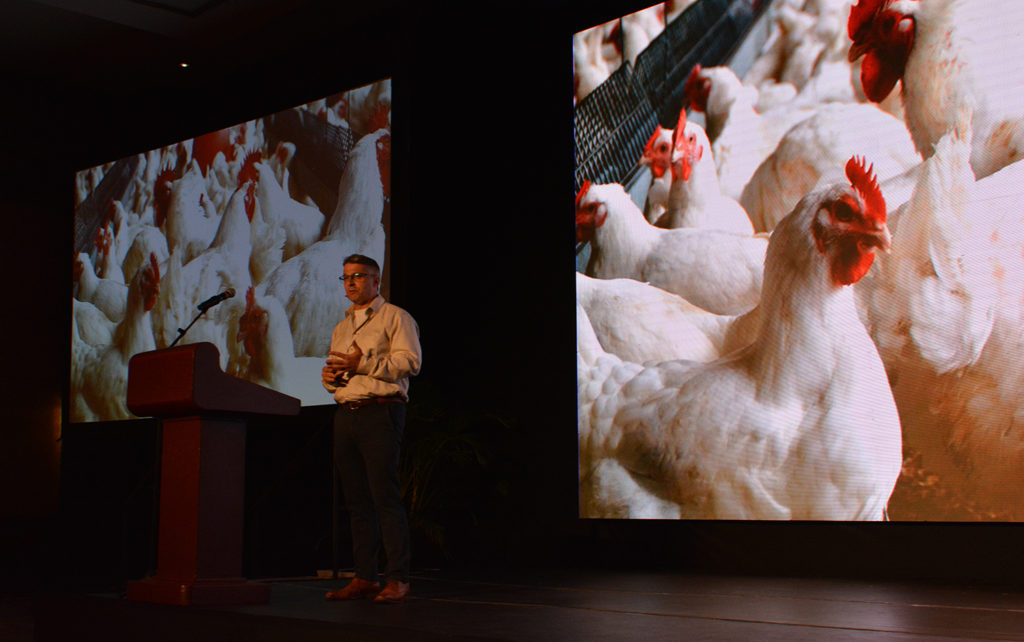
Innovation & Investment
At GOAL, a peek at potential aquaculture futures
At the Global Aquaculture Alliance’s annual GOAL conference in Guyaquil, Ecuador, unfamiliar topics gave aquaculture industry leaders something to chew on.
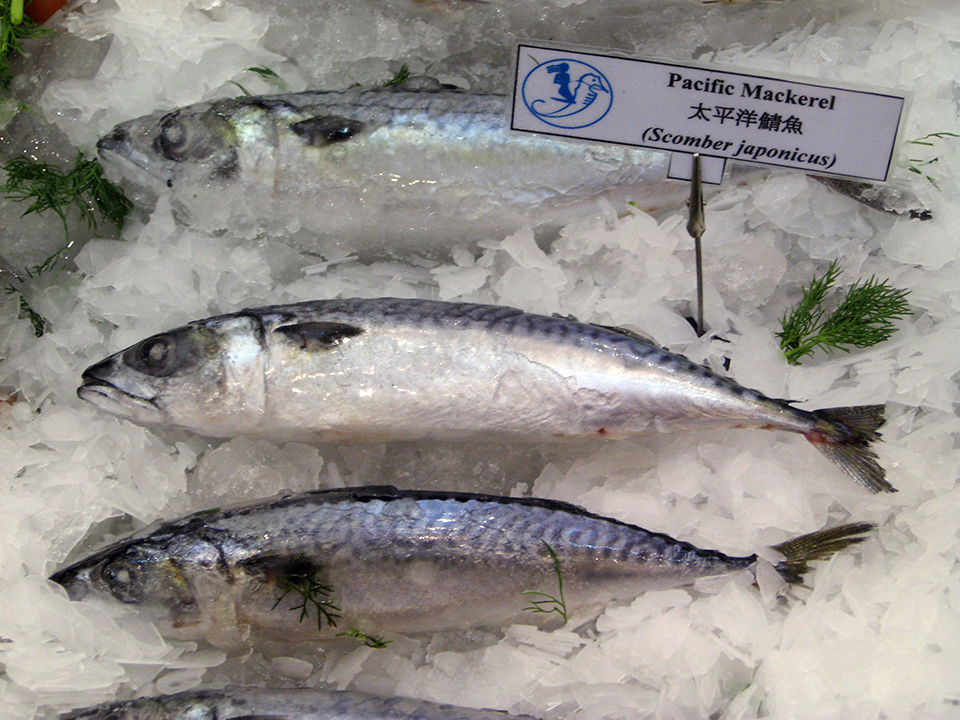
Intelligence
Byproduct utilization for increased profitability, part 1
Protease enzymes are important industrial enzymes that have diverse applications in food, leather, silk and the agrichemical and pharmaceutical industries. Fish are considered one of the richest sources of proteolytic enzymes.
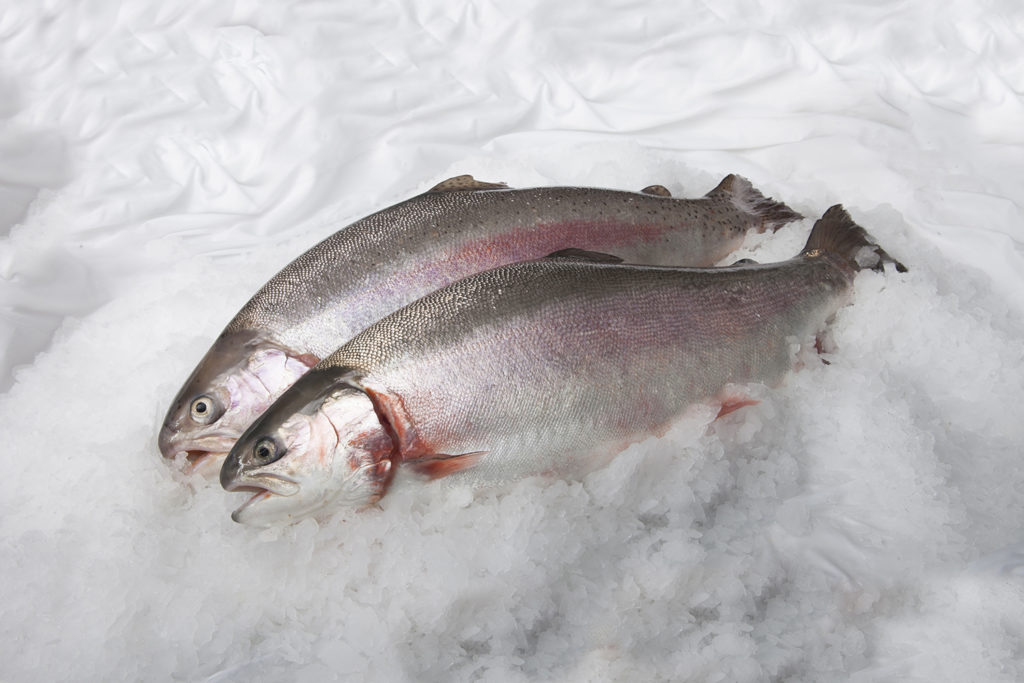
Innovation & Investment
Developments in closed-containment technologies for salmonids, part 1
The recent 2017 Aquaculture Innovation Workshop in Vancouver brought together numerous stakeholders involved in and interested in fish farming – particularly salmonids – in the growing industry of closed-containment systems.
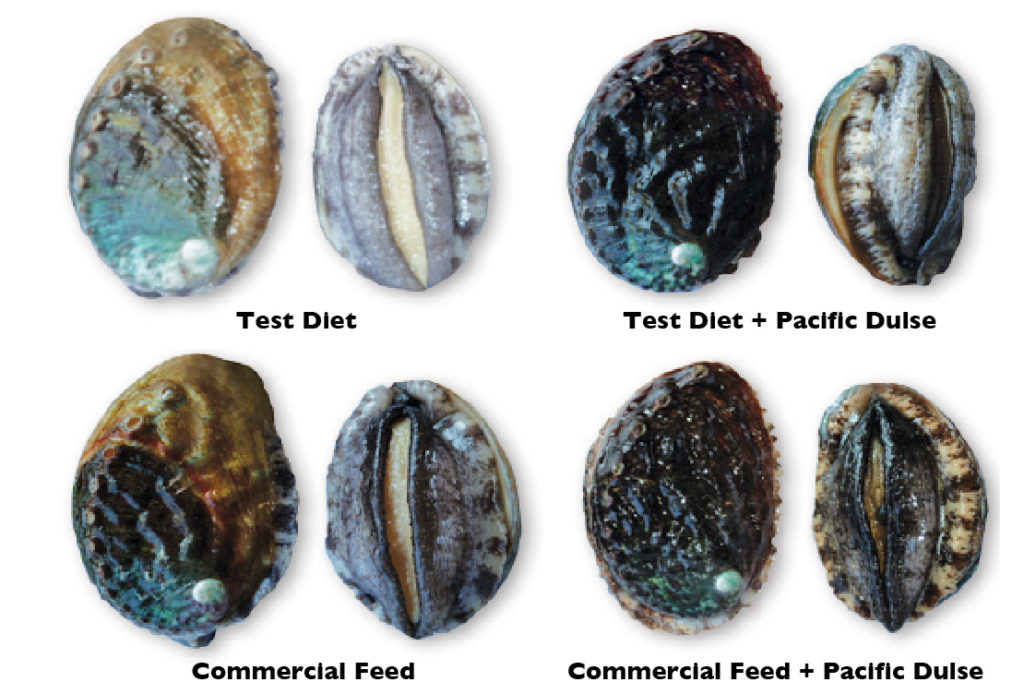
Health & Welfare
Diets affect abalone meat quality, shell color
A preliminary study investigated the effects of diet on the meat quality and shell color of Pacific abalone. A test diet and a commercial abalone feed resulted in lower meat protein content compared to that achieved with a diet of Pacific dulse seaweed. The artificial diets also caused the abalone to have yellow or orange shells. The seaweed diet alone resulted in abalone with dark-brown shells. However, a combination of seaweed and either artificial diet improved abalone growth, meat quality and shell color.



